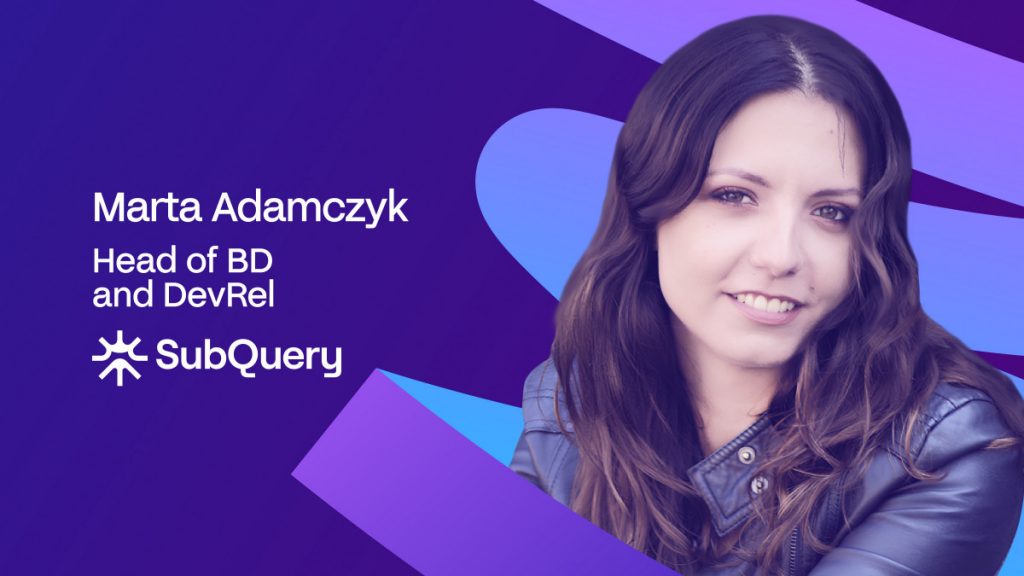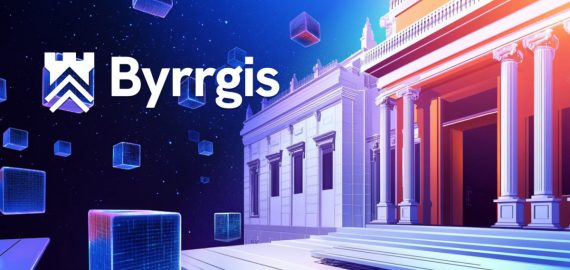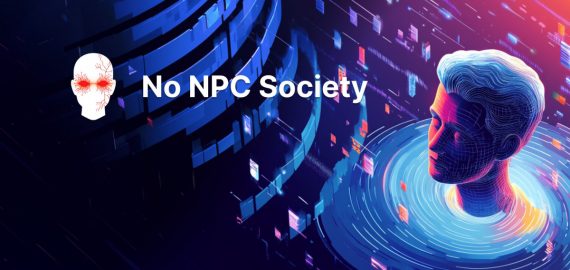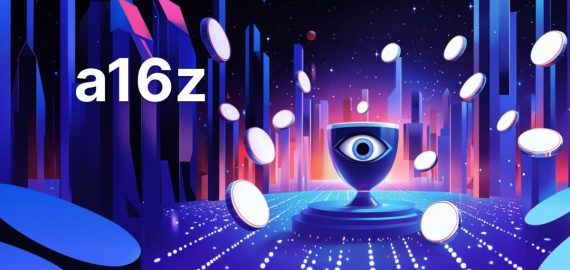Inside SubQuery’s 60 Million Token Reward Campaign for Web3 Builders


In Brief
Marta Adamczyk discusses SubQuery’s performance gap between Web2 and Web3, its Consumer Reward Program, decentralization of RPC services, and the future of autonomous AI and open-source tools.

Marta Adamczyk, Head of Business Development and DevRel at SubQuery, has spent nearly a decade in Web3. In this interview, she shares how SubQuery is bridging the performance gap between Web2 and Web3 through powerful indexing solutions, multi-chain support, and AI integration.
Marta also unveils SubQuery’s ambitious Consumer Reward Program, discusses the decentralization of RPC services, and offers a forward-looking view on how autonomous AI and open-source tools are reshaping the future of data access, privacy, and developer experience in the decentralized web.
Can you tell us about your journey into Web3?
I’ve been in the Web3 space for about ten years. I was drawn to technology and the opportunity to change the status quo. It felt like an avant-garde movement, something that could truly improve the world.
At the time, I was also changing my career path—from being a sales and digital marketing manager to becoming a developer. I received incredible support from the developer community, which amazed me. I come from an academic background, which was more competitive and less open, so the contrast was striking.
I’ve been with SubQuery for three years, though it feels like a decade given the crypto pace. I’m Head of Business Development and Developer Relations. It’s a role that combines my sales, marketing, and tech experience perfectly.
SubQuery invests heavily in broad Web3 education, not just promoting our own products but teaching about indexing, blockchain data, and more. I lead partnerships and support developers in their journeys.
How is the rise in blockchain adoption across industries influencing demand for data indexing?
Data is gold—always has been. As blockchain ecosystems grow, the amount of data increases enormously. That makes indexing crucial. If Web3 apps want to match the performance of Web2, they need fast, reliable access to data.
Indexers like SubQuery bridge that gap. We enable developers to focus on building great products instead of wasting time managing data access. There are thousands of blockchains now, each with its own ecosystem. Indexing helps unify this fragmented space.
What measures has SubQuery implemented to ensure scalability and performance?
We focus on developer success. Our tool is open-source, highly customizable, and very flexible. Features like indexing, rewind, and multi-chain support let developers scale easily and adapt to changing needs.
Our indexer supports EVM and non-EVM chains alike. We allow data to be queried from multiple blockchains through a single API. It’s not flashy, but it saves time and improves the developer experience massively.
Performance is always a priority. We’re about four times faster than The Graph, and we support nearly 300 networks, including EVM, Solana, Avalanche, Polkadot, Cosmos, Stellar, Flare, and more.
Tell us about SubQuery’s AI application framework and how it supports open-source AI.
Our focus is on merging AI and blockchain data. We’re building tools so AI agents can not only access but also understand blockchain data. We’re also integrating with Telegram and Discord, and working on governance tools that use AI agents to help users stay informed and engaged.
There’s more coming—expect new projects combining AI and Web3 soon.
How does SubQuery’s decentralized RPC service offer an alternative to centralized providers?
RPCs are the gateway to blockchain. Today, a handful of companies control most RPC access, which contradicts our values of decentralization. With SubQuery, we use a decentralized network of node operators around the world. This improves latency and resilience, avoids single points of failure, and spreads control.
What are the key features of SubQuery’s open-source SDK?
The SDK lets developers access blockchain data efficiently. Think of it as Google for blockchain. You can index only what you need—wallet history, DAO proposals, and so on—without indexing the entire blockchain.
We support multi-chain indexing and even non-deterministic indexing, which means you can mix off-chain and on-chain data. For example, you can enrich on-chain swap data with CoinGecko price predictions in the same database.
It’s extremely flexible and developer-friendly.
What impact could SubQuery’s decentralized AI services have on data privacy and user autonomy?
Data is power. Today, most AI models are hosted by just a few companies. We want to avoid monopolies and ensure that data used by AI remains decentralized and accessible. This protects privacy and intellectual work—things like theses, business plans, and personal research. We believe in a freer, more diverse AI landscape.
Can you elaborate on SubQuery’s new Consumer Reward Program?
This is our biggest campaign yet. It launched on May 1 and it runs for 12 months. We’re allocating 60 million $SQT to reward data consumers who use the SubQuery Network to host their indexers. Those who join the programme early stand to gain the most. Top users can earn up to 900% APY.
You can host SubQuery projects on our network or even SubGraph projects without migration. We want to reward early adopters and grow the ecosystem together.
What’s next on SubQuery’s roadmap?
We’re focused on scaling the network, improving the SQT token model, and supporting node operators. We want to decentralize governance via the SubQuery Foundation and expand to 400+ networks—most recently, we’ve launched indexing support for Solana.
In AI, we’re working on better deployment tools and Discord/Telegram integration. We also aim to support GraphQL subscriptions and improve multi-chain indexing to make the developer experience as smooth as single-chain indexing.
We’ll also attend many events this year to connect with partners and users face-to-face.
How do you think autonomous AI will transform industries in the next year?
It’s already transforming our lives and work. AI agents help me daily, and Web3 projects are building exciting tools. I think we’re underestimating the potential. AI will expand what we’re capable of, especially with data-heavy work. It will improve adoption and enhance both user and developer experience in Web3. SubQuery is taking an AI-first approach, and part of our roadmap is to incorporate AI into everything we do—this involves a lot of cool products and features to be revealed soon.
Disclaimer
In line with the Trust Project guidelines, please note that the information provided on this page is not intended to be and should not be interpreted as legal, tax, investment, financial, or any other form of advice. It is important to only invest what you can afford to lose and to seek independent financial advice if you have any doubts. For further information, we suggest referring to the terms and conditions as well as the help and support pages provided by the issuer or advertiser. MetaversePost is committed to accurate, unbiased reporting, but market conditions are subject to change without notice.
About The Author
Victoria is a writer on a variety of technology topics including Web3.0, AI and cryptocurrencies. Her extensive experience allows her to write insightful articles for the wider audience.
More articles

Victoria is a writer on a variety of technology topics including Web3.0, AI and cryptocurrencies. Her extensive experience allows her to write insightful articles for the wider audience.

















































